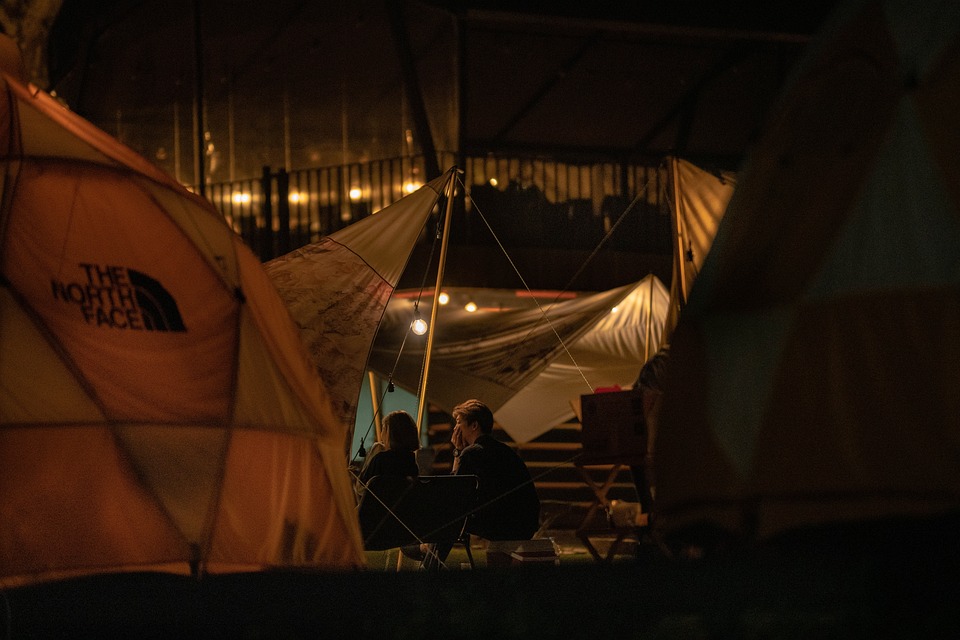Table of Contents
Introduction
Campfire cooking is an age-old tradition that brings people together in the great outdoors. Whether you are camping, hiking, or simply enjoying a backyard fire pit, mastering the art of campfire cooking can elevate your outdoor cooking experience to the next level. In this article, we will explore essential tips and recipes to help you become a campfire cooking pro.
Gathering Proper Tools and Equipment
Before you embark on your campfire cooking journey, it is important to gather the proper tools and equipment. Some essential items include:
- A campfire grill grate or tripod
- Long-handled tongs and spatulas
- A cast-iron skillet or Dutch oven
- A sturdy set of fire-resistant gloves
- Aluminum foil for wrapping food
- Campfire cooking utensils (such as skewers or campfire forks)
Having the right tools will make your cooking experience easier and safer.
Preparing the Campfire
Building the perfect campfire for cooking requires a little know-how. Start by selecting a safe and designated fire pit area. Clear away any flammable materials and create a solid base for your fire. Next, gather dry firewood and arrange it in a pyramid shape.
Once you have your firewood, use kindling and matches to ignite the fire. As the flames grow, add larger pieces of wood to maintain a steady fire. Allow the fire to burn down to a bed of hot coals, which will provide consistent and even heat for cooking.
Mastering the Heat Zones
To achieve the best results with campfire cooking, it is important to understand heat zones. A traditional campfire can provide three main heat zones:
- Direct heat: This is the area directly above the flames. Use this zone for quick searing or to cook food that requires high heat.
- Indirect heat: This is the area next to the fire or where there are fewer flames. Use this zone for slower cooking or to keep food warm.
- Coal bed heat: This is the area where the bed of hot coals remains after the flames have died down. This zone provides consistent, even heat and is ideal for roasting, baking, and simmering.
By understanding and utilizing these heat zones, you can control the cooking process and achieve perfect results.
Campfire Cooking Tips and Recipes
Now that you have gathered your tools, prepared the campfire, and understood heat zones, it’s time to delve into some mouthwatering campfire cooking tips and recipes:
1. Foil Packet Meals
An easy and versatile campfire cooking technique is cooking in foil packets. Simply wrap your choice of meat, vegetables, herbs, and spices in aluminum foil and place it on the hot coals. Let it cook for around 20-30 minutes, flipping occasionally, until the ingredients are tender and flavorful.
2. Skewers or Kabobs
Skewers or kabobs are a classic campfire cooking option. Thread marinated meat, vegetables, and even fruits onto skewers and cook them over direct heat. Rotate the skewers to ensure even cooking and enjoy deliciously charred and juicy results.
3. Dutch Oven Delights
A Dutch oven is a must-have for campfire cooking enthusiasts. With a Dutch oven, you can bake bread, slow-cook stews, and even roast a whole chicken. The cast-iron construction distributes heat evenly, making it perfect for creating mouthwatering meals.
FAQs
How do I clean my campfire cooking tools?
Before cleaning, make sure to allow your tools to cool down. Use warm soapy water and a sponge or scrub brush to remove any food residue. For cast-iron skillets or Dutch ovens, avoid using soap and instead scrub with a brush and rinse with hot water to maintain the seasoning.
Is it safe to cook directly over flames?
While direct flame cooking can add a delicious smoky flavor to your food, it’s important to exercise caution. Avoid charring or burning your food by monitoring the heat and adjusting the distance between the flames and your cooking area.
Can I use regular kitchen utensils for campfire cooking?
Using regular kitchen utensils for campfire cooking is not recommended. The high heat and open flame can damage or warp regular utensils. Invest in heat-resistant camping utensils that are specifically designed for outdoor cooking.




